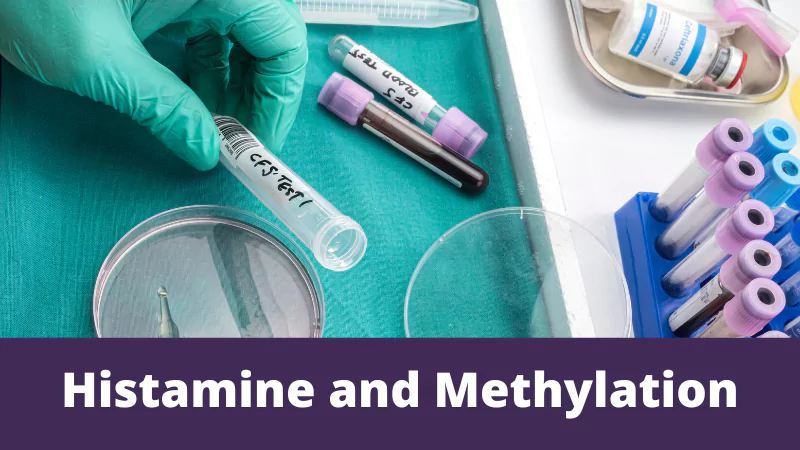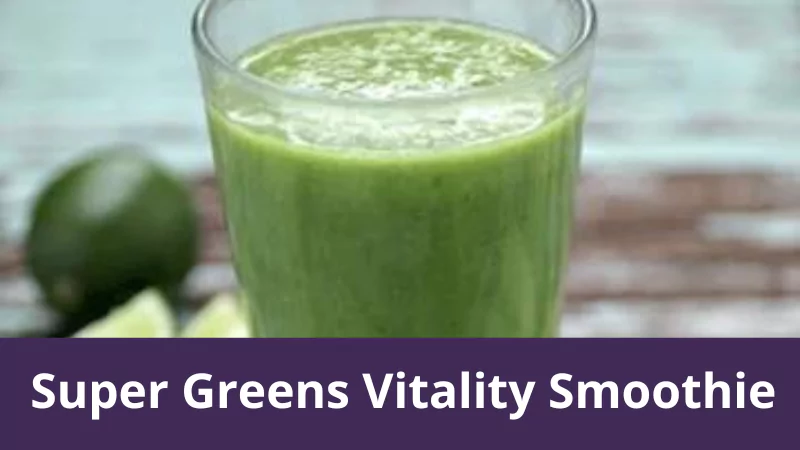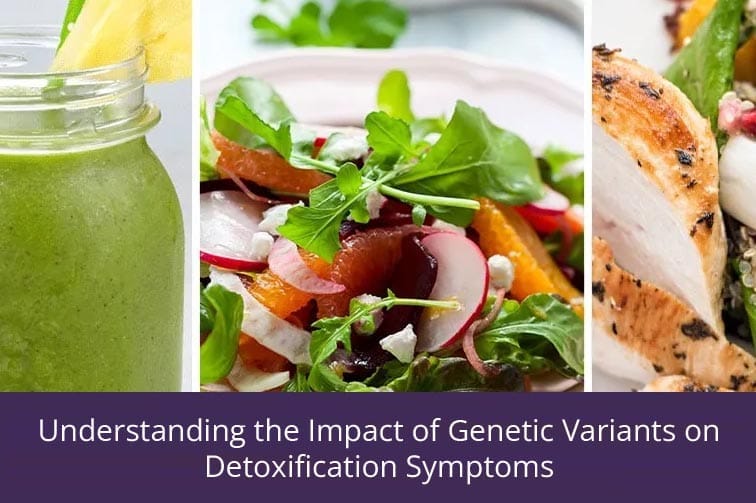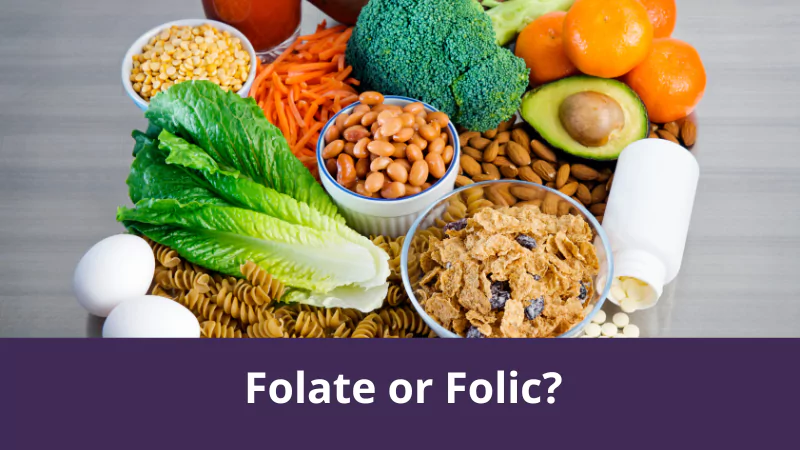By Teresa Cutter of The Healthy Chef
The ingredients have been especially selected to help boost digestion and nourish the immune system. Curcumin is the active ingredient in turmeric, responsible for the distinct yellow colouring and the impressive list of health properties. Curcumin is anti-inflammatory, anti-oxidant, anti-bacterial, detoxifying and amazing for digestive health.
INGREDIENTS
Serves 2
- 1 tablespoon grated fresh galangal or ginger – I used galangal
- 1 tablespoon turmeric, grated
- 2 cloves garlic, smashed
- 1 tablespoon tamari soy sauce
- 2 tablespoons olive oil
- generous pinch of ground black pepper
- 2 x 200 g pieces white fish fillets (wild snapper or any white fish of your choice)
- 1 lime
- 1 bunch coriander – leaves and stalk finely chopped
- 1/4 cup water or coconut water (if braising)
METHOD
- Combine ginger, turmeric, garlic, tamari, lime juice and olive oil in a bowl. For a smoother paste, I love using my mortar which combines the ingredients perfectly.
- Fold in the finely chopped coriander root.
- Add the fish fillet and coat well.
- Wrap the fish individually using baking paper, foil or banana leaf. Make sure it is really well sealed into a lovely neat little pocket.
- Steam the fish for 10 minutes until cooked through and remove from the heat.
- Serve immediately with your choice salad or vegetables.
This recipe is sourced from The Healthy Chef.








